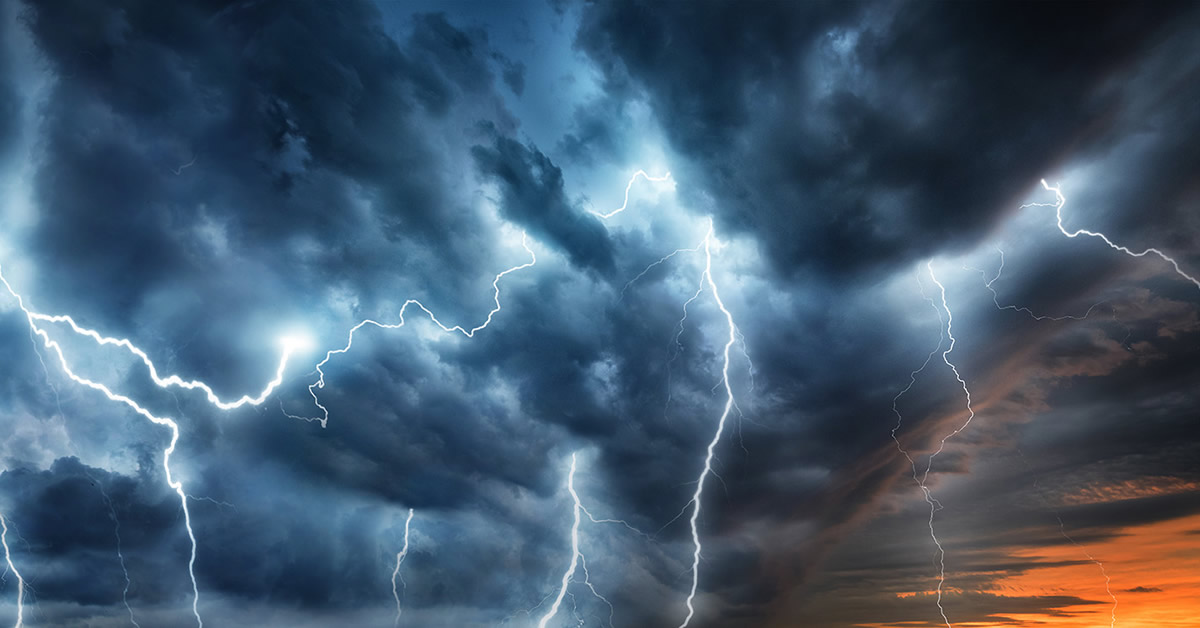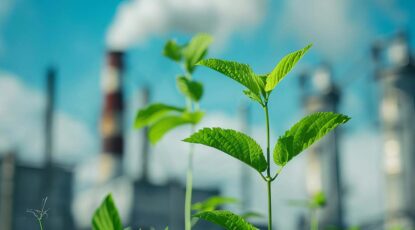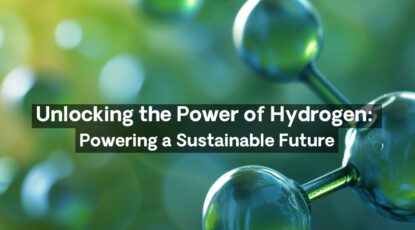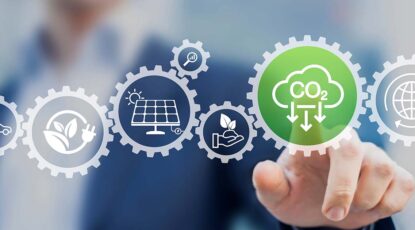Each year, the International Day for Disaster Risk Reduction serves to promote broader awareness of the many risks posed by our changing climate. Disproportionately, severe climate events and natural disasters impact developing countries, displacing millions of people each year. A disaster’s impact on life, livelihood, and sustainable development is massive and long-lasting. Working together as a global community, we must accept and understand this reality in order to create more locally resilient communities capable of overcoming disaster risk, exposure, and vulnerability.
What is a Natural Disaster?
Natural disasters are large-scale events that can include hurricanes, high winds, tropical storms, winter freezes, fires, floods, droughts and other types of severe climate events. They often happen as a result of climate change, or events such as volcanic eruptions and earthquakes. Natural disasters can be localized or massive in scale, devastating wide area and impacting millions of people. In many cases, these events lead to the interruption of the electric supply, with power being lost for days or weeks at a time.
However, according to the UN’s “Global Assessment Report on Disaster Risk Reduction”, it’s important that we begin to think about these events not as natural disasters – but rather, natural hazards. Disasters are too-often the result of natural hazards, with death, loss, and damage being a result of how prepared or underprepared we as a society are in dealing with these hazards.
The UN states that the allocation of budget for emergency response is approximately 20 times higher than for prevention and preparedness.
Framework for Reducing Natural Hazard Risk
The Sendai Framework for Disaster Risk Reduction is a guide published by the UN that focuses on people-first, action-oriented solutions, with steps we can take to reduce the risks posed by small- and large-scale hazards and disasters.
More about the Sendai Framework available here.
The Sendai Framework highlights that – without real action on climate this decade, extreme weather events will be overwhelming. At Bloom, we are laser-focused on our mission to make clean, reliable energy affordable for everyone in the world.
How Natural Disasters Impact People and Electricity Supply
Prolonged power outages can have a severe impact on the health and safety of a community. Severe weather often includes extreme heat or extreme cold, which increases the risk of illness and exacerbates chronic conditions. Some drugs require refrigeration, and the ability to get a new supply may be impacted by the outage or extreme weather. Perishable food can quickly become unsafe to eat. Water purification systems may not be functioning fully, so it’s important to check with local authorities to make sure water is safe to drink, and to have a backup supply of fresh water.
In cases of extreme heat, cooling may not be available so it’s important to find a community center, library, or air-conditioned shelter to avoid heat stroke. In cases of extreme cold, warm clothes should be worn and you should learn how to recognize and prevent hypothermia. Critically, only use generators, grills, and similar items outdoors and 20 feet away from the dwelling to prevent carbon monoxide poisoning.
In a situation where you must flee or leave home for supplies or shelter, be aware of downed power line hazards. If a power line falls on a car, it’s important to stay inside the vehicle until local emergency services can get to you.
There are several factors that make power outages more likely during and following natural disasters: first, power lines collapsing and/or damage elsewhere in the electric system result in prolonged outages. Hazardous conditions often hinder the ability to repair damaged or downed power lines and inoperable equipment. Beyond collapsed or destroyed infrastructure, extreme heat and cold can reduce or eliminate the ability to generate and transmit power over distances, as we have seen recently during the winter freeze in Texas that resulted in days without power.
After Hurricane Maria struck Puerto Rico, the Secretary of Puerto Rico’s Department of Economic Development considered the lack of power to be “the root of everything” that went wrong in its aftermath. A medical supply company was unable to maintain its production of intravenous bags, resulting in a price spike when the citizens were in the time of greatest need. Pharmaceutical manufacturers were unable to manufacture critical drugs. The Secretary referred to chronic underinvestment in the utility grid as the reason for the largest and most severe blackout in American history.
This is one example among many on the importance of strengthening the resilience of electricity generation and distribution systems in hurricane-prone locations and beyond. Reliable, resilient electricity is perhaps the single most important factor in community and business continuity planning for public and private sectors. Public access to the goods and services of local businesses – healthcare, high speed internet, food, water, heat, cooling, and more are essential for communities in times of crisis.
However, a resilient electricity supply must not compromise on sustainability considerations – said another way – in addressing the consequences of climate change, we must not contribute toward the causes of climate change. This is a vicious cycle, and one that must be broken.
Energy Solutions for Disaster Preparedness
Distributed energy technologies, such as localized microgrids, help reduce the impact of natural disasters on electricity supply by using a variety of local energy sources instead of traditional, centralized grids.
A microgrid is a small-scale electricity system that can operate independent of the centralized grid, insulating facilities or even entire communities from broader power disruptions and long-term outages. Microgrids can be set up in both urban and rural environments where power quality and uninterruptible power requirements are essential. Additionally, they can be deployed in remote locations where access to power is limited or power infrastructure is particularly vulnerable to extreme weather.
Microgrids commonly use renewable energy sources such as fuel cells, solar panels, or even wind turbines to generate clean energy with low or no emissions. This is an effective way to reduce the impact of natural disasters on electricity supply, where power outages can last for days or weeks at a time, while providing clean energy that does not cause further harm to the environment or local air quality.
Importantly, microgrids also play a role in strengthening local economies by creating opportunities for locally resilient goods and services to continue operating even during climate events, and spurning sustainable off-grid development with renewable energy generation. They also can provide safe havens of power – keeping the lights on at community centers, schools, and government buildings that act as a safe place for shelter for the community during an extreme weather event
Resilient power can be used to help provide clean water, improve healthcare infrastructure, and ensure the safety of critical facilities with always-on power systems – making them an important tool in natural hazard preparedness.
Bloom Creating Locally Resilient Communities
Bloom is helping businesses and communities reduce outage risk, while accelerate sustainability pathways and opening up new avenues for decarbonization. Bloom’s solid oxide platform can be configured as microgrid that sits onsite right where energy is consumed, and is fuel flexible to run on natural gas, biogas, or hydrogen. Seamlessly integrating with other generation technologies, the platform gives businesses and communities unprecedented control over their energy supply, while reducing or eliminating outage risk in the face of our changing climate. Bloom microgrids ensure that businesses can continue serving their neighbors, no matter what natural hazards they must confront.



